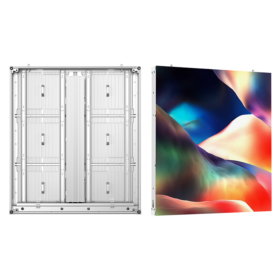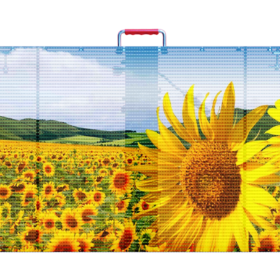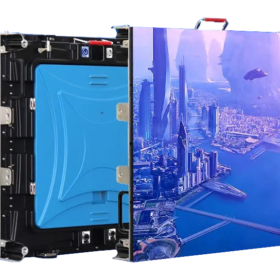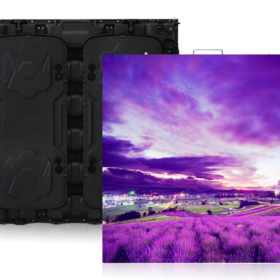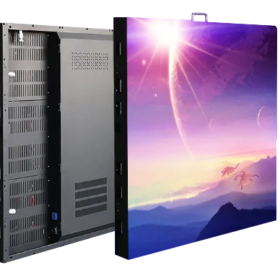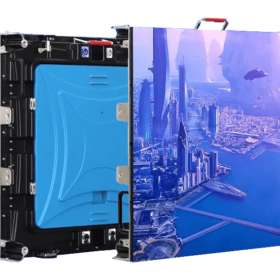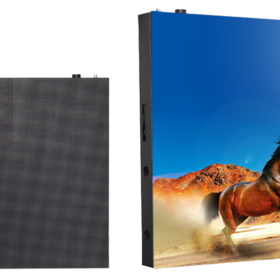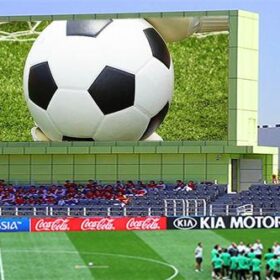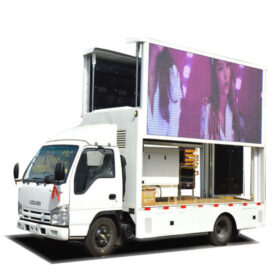No products in the cart.
Articles
Digital Signage Video Mapping
Digital signage video mapping is a type of projection mapping that utilizes high-resolution projectors to display digital content onto three-dimensional surfaces, such as buildings, sculptures, and natural formations. It’s an immersive and interactive technology that has become increasingly popular in recent years for its ability to create visually stunning and engaging experiences.
Benefits of Digital Signage Video Mapping
Immersive and engaging: Video mapping can transform ordinary objects into captivating animated displays, drawing attention and immersing viewers in the content.
Eye-catching and memorable: Video mapping can create eye-catching and memorable experiences that leave a lasting impression on viewers.
Interactive: Video mapping can be interactive, allowing viewers to interact with the projected content, making it more engaging and participatory.
Diverse applications: Video mapping can be used for a wide variety of applications, including advertising, entertainment, art installations, and even museum exhibitions.
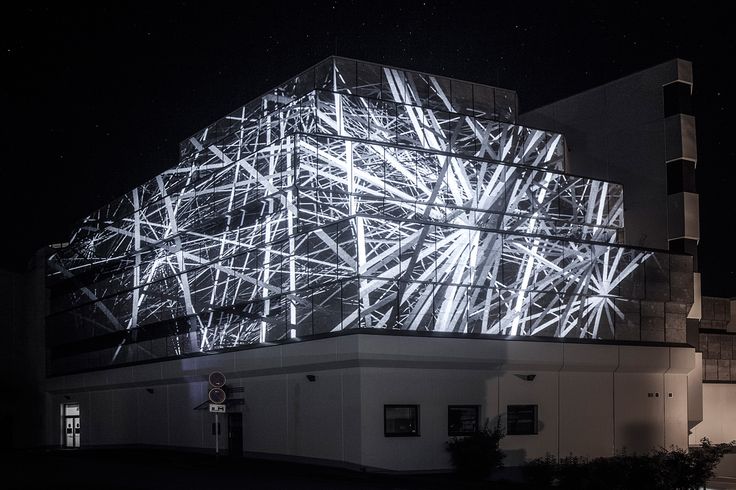
Examples of Digital Signage Video Mapping
Advertising: Video mapping is used by businesses to create eye-catching and memorable advertising campaigns.
Entertainment: Video mapping is used in theaters, nightclubs, and other entertainment venues to create immersive and visually stunning experiences.
Art installations: Video mapping is used by artists to create interactive and immersive art installations.
Museum exhibitions: Video mapping is used in museums to bring exhibits to life and create a more engaging experience for visitors.
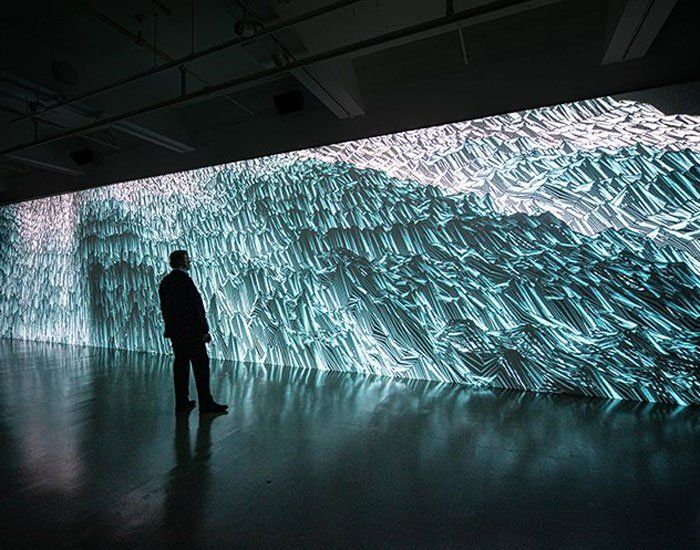
How it Works
Digital signage video mapping typically involves the following steps:
3D scanning: The object to be mapped is scanned using a special 3D scanner to create a detailed digital model of its surface.
Content creation: The content for the projection is created using specialized software. This may include video clips, animations, and still images.
Projection: The content is projected onto the object using multiple projectors. The projectors are carefully calibrated to ensure that the content is projected correctly onto the object’s surface.
Real-time adjustment: The content may be adjusted in real-time to account for any changes in the object’s position or orientation.
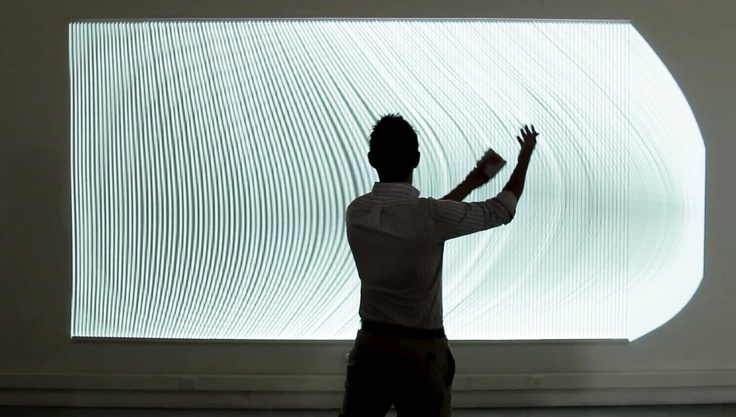
Conclusion
Digital signage video mapping is a powerful and versatile technology that can be used to create a wide variety of visually stunning and engaging experiences. As the technology continues to develop, we can expect to see even more innovative and creative uses for video mapping in the years to come.


